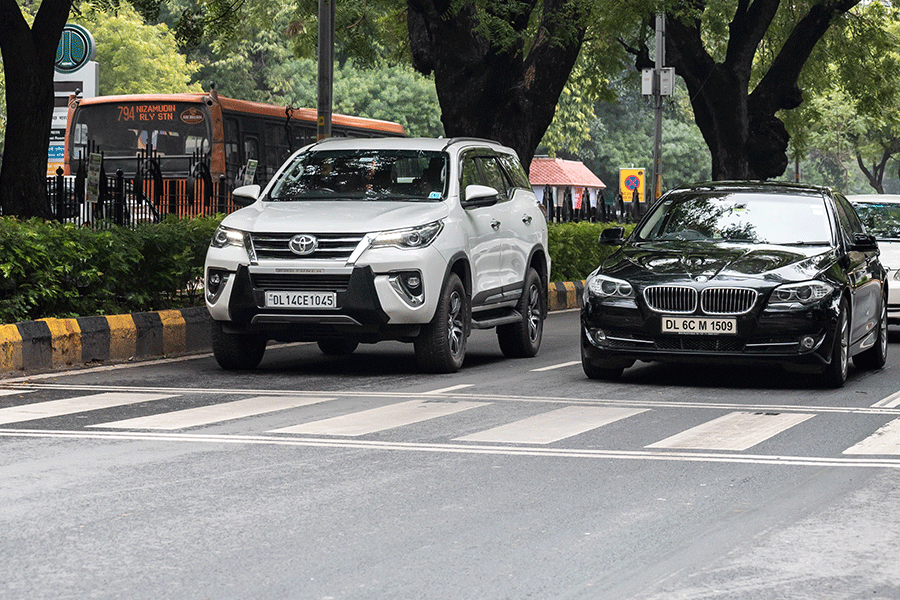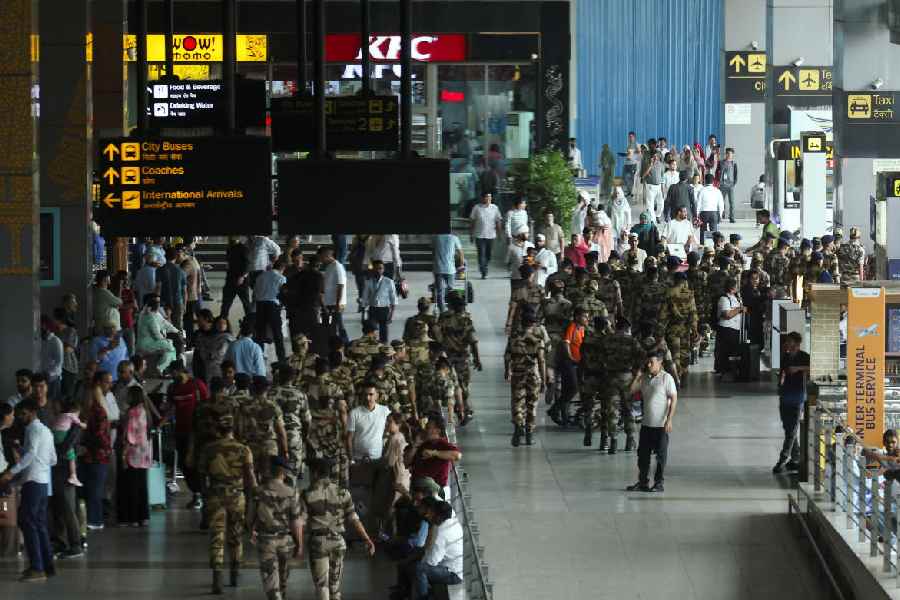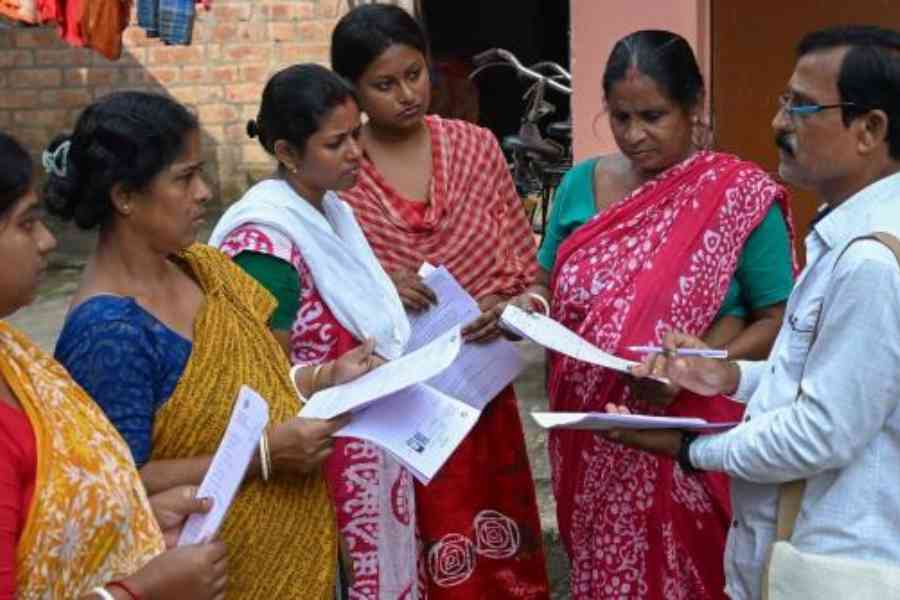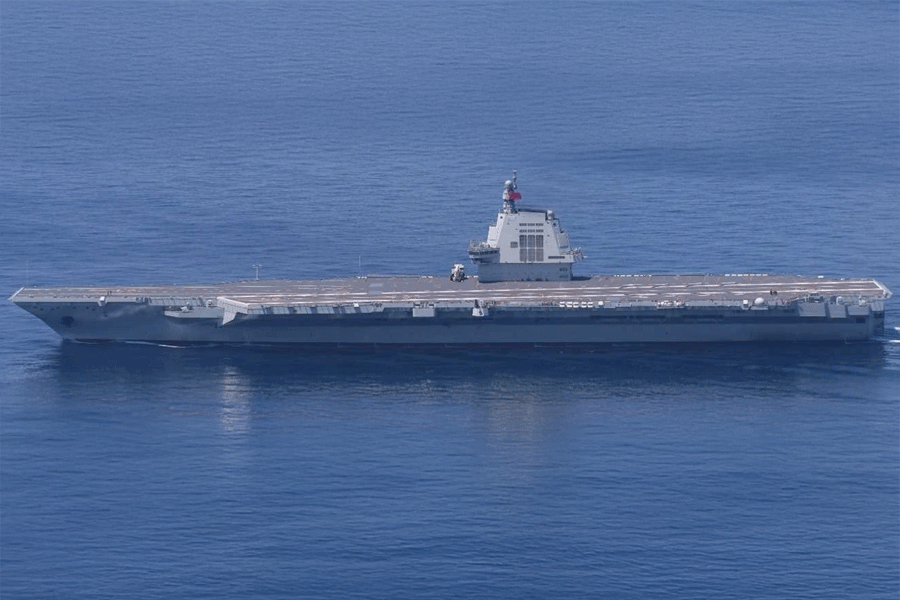As I walk to the western end of Stellenbosch, near the highway to Cape Town a forty-five-minute drive away, I see a building that once offered an alternative route. STELLENBOSCH STATION is emblazoned across the facade, letters which light up loud and proud at night. But no trains run from this station. The trains have been burnt, equipment stolen, tracks now rusted, near-extinct, strangely primitive. The road is now your onlyoption. This suits the winelandselites fine as their sports convertibles race in and around the vineyards and wine farms around this suburban city of the wealthiest Afrikaners — the white settler descendants of the Dutch and the French Huguenots, nativised and vernacularised in South Africa for nearly five hundred years now.
Indeed, some of the richest white South Africans have called Stellenbosch home, all of them Afrikaner men: Johann Rupert, Jannie Mouton, Markus Jooste and Christo Wiese. The controversial black politician, Julius Malema, has called them the “Stellenbosch Mafia”, a powerful example of white monopoly capital. But it is also the venue of some genuine philanthropy, occasionally from abroad, such as from the Wallenberg Foundations, named after the sponsoring Sweden-based family that is sometimes considered Europe’s most influential business dynasty. It has set up the Stellenbosch Institute of Advanced Study, which runs the Nobel in Africa initiative in collaboration with the Royal Swedish Academy of Sciences, and invites scientists, writers, historians, doctors, anthropologists, lawyers — from just about every sphere of knowledge and practice, from all over the world — to come and spend six months in very generous conditions in Stellenbosch, working on a book or any research project. That is what has brought me to this city of mountains, Rooibos tea, and Cabernet Sauvignon, and I cannot say that my writing time here has been interrupted by anything but invigorating seminars by the fellows and long mountain hikes.
But I also walk past the derelict and psychedelically lit Stellenbosch station, looking at the shuttle minibus drivers loitering there, young black men playing loud music, making convivial rowdiness recognisable to any resident of Indian cities but which scares the Jesus out of the city’s white residents. A powerful black mafia runs these shuttle networks, burning trains and breaking into turf-shielding gang wars that call for the intervention of the national army. Meanwhile, for the poor in South Africa, all black, including immigrants from neighbouring Malawi, Zimbabwe, Namibia and elsewhere, these shuttles are the only (and far too expensive) means of transport between their workplaces and the townships scattered between Stellenbosch and Cape Town.
The Western Cape accentuates the nation of contradictions that South Africa, supposedly the economic powerhouse of Africa, has become today. The vine-entangled, wine-drenched sunny towns with beautiful white houses evoke southern Europe and northern California. The townships lining the highways, the homeless on the street, the power-cuts that last eight or ten hours a day easily, bring up a whole other world. Just the way the togetherness of Cape salmon and mealie pap makes food bring together the best of Europe and Africa, there is much else that combines the worst, which makes South Africa one of the strangest countries in the world today — beautiful, violent, striated by affluence and poverty, more strikingly polarised than most places under the sun.
People tell me that the Western Cape is an anomalous province. Governed by the Democratic Alliance, the main Opposition to the African National Congress, the national ruling party, it is the best governed, with the smoothest roads winding past its rolling hills and tourist-magnet Cape Town, one of the safer cities next to the high crime of Pretoria and Johannesburg. Black friends also tell me that the Democratic Alliance is a primarily white party and is efficient with wealthy suburban towns but does not function at all across urban townships. Black and white alike all agree on the plundering corruption of the African National Congress, the party which brought freedom from the apartheid regime under the leadership of Nelson Mandela nearly thirty years ago. Resonances, anyone?
Something in me still remains sceptical, as the voices around me are predominantly white, many of them Afrikaner — some of whom almost long for the apartheid regime but for a liberal guilt that keeps them from the idea of racial segregation. But everything seemed to have worked better then — schools (albeit segregated), trains, roads, personal safety and security. A black journalist tells me that there are powerful Afrikaner media agencies that carry a strategic and relentless attack on the government — which, she admits, is deeply corrupt — and, yet, there is something in their attack that makes her uncomfortable. Even so, in the wide swathe of schools that lack basic sanitation, it is the black children who suffer the most. In a country where electrified security costs more than the houses they protect, power back-up belongs to the richest while people in the townships lose their meagre gadgets quickly due to the irregularity of power. Electricity belongs to the richest and, naturally, to the white, along with all the black ministers who apparently keep stealing from Eskom, the State-run energy company that provides power to the entire country. Black and white are all exhausted with the corruption of politicians. But who has a (quickly suppressed) longing for the country before 1994? Guess who?
Listening to the diatribes against corrupt black politicians in post-Independence South Africa, I feel a strange sense of shame. British India was based on the premise and the structure of a fundamental exploitation — that of the colony by the empire. And, yet, the independent nation dwells within the avalanche of inner corruption that we have all learned to recognise and suffer through, across all party lines.
The economist, Pranab Bardhan, made a perceptive distinction between Western and Indian corruption. Something along the lines of Western corruption always seeking larger structures of ideological legitimation within which to whitewash itself — be it the White Man’s Burden, or the need to wage war for the sake of the Free World. Corruption in the postcolonial world seeks no justification but just shatters rules openly, be it bribery or theft. Perhaps they know full well that the electorate has accepted such violations as away of life and will continue to vote along ideological or partisan lines — be it religion, caste, or tribe, as with the Zulu legion that still stands behind the ousted South African President, Jacob Zuma, whose 2009-2018 presidency remains for many the darkest period of liberated South Africa.
Saikat Majumdar is Professor of English and Creative Writing at Ashoka University











